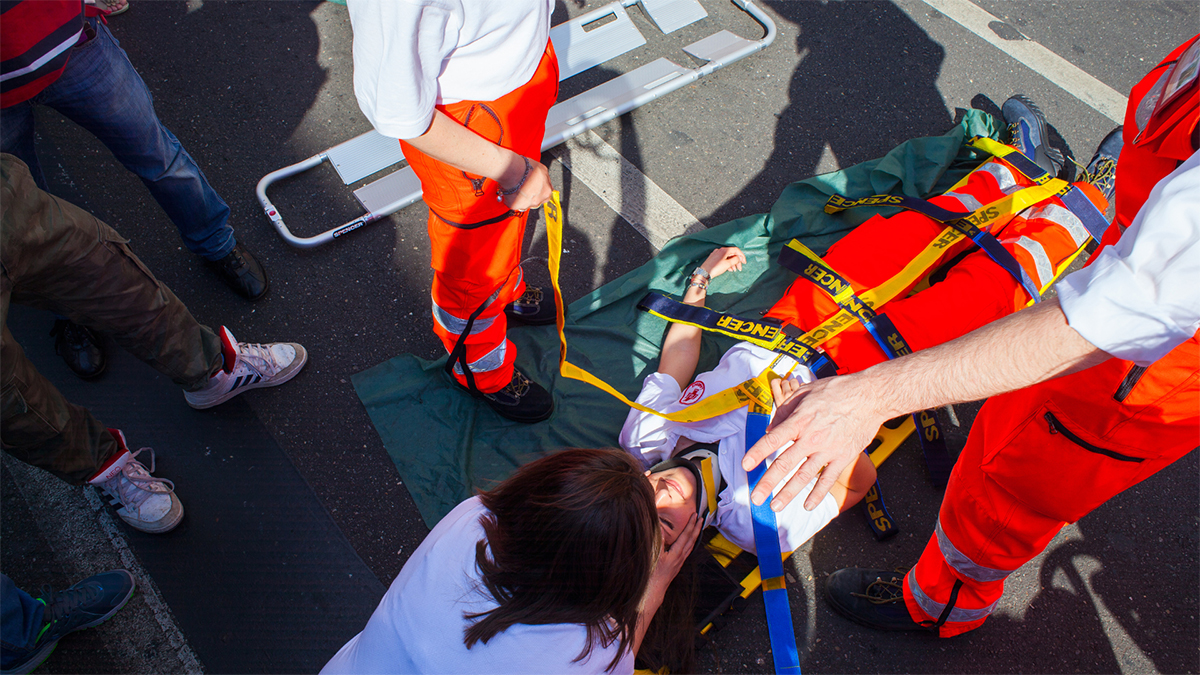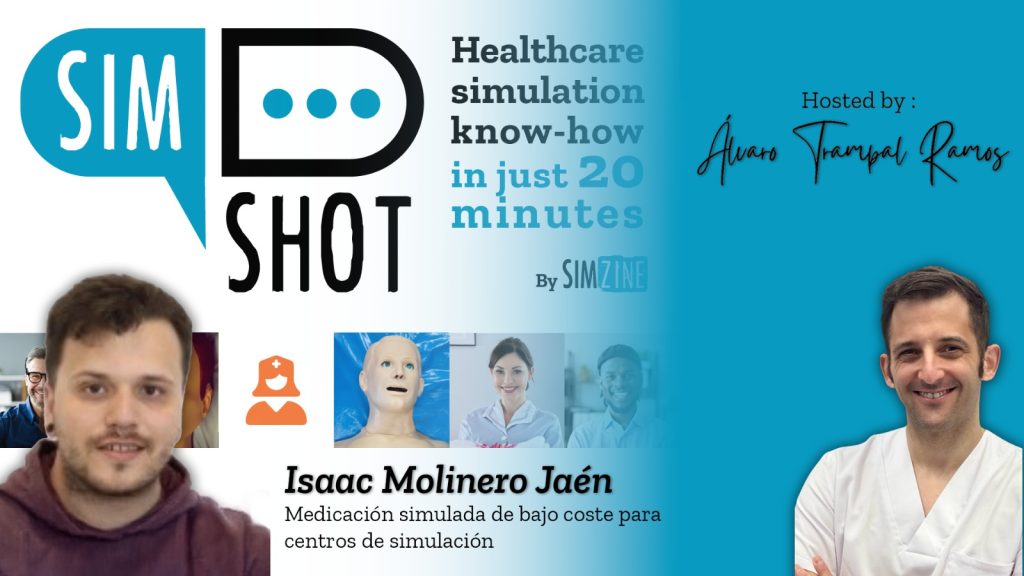Emergency Team Competencies Tool is a tool for the debriefer of emergency scenarios that combines Technical and Non-Technical skills in the same taxonomy.
The last scenario, before the coffee break, is set in the critical area: a doctor and a PS nurse are initially present.
Instructor: Ready? The scenario starts!
A patient with generalised asthenia and diffuse abdominal pain has just arrived in the room, brought in by the ambulance. On admission to triage, his vitals are not bad, apart from mild bradycardia. The doctor (MED A) asks the nurse colleague (INF) to prepare for a 12-lead ECG, venous access and blood tests. In the meantime, he interviews the patient to understand what has happened. The risk factors are not lacking: Mr. Marcello smokes 2 packets of cigarettes a day and his diet is not the best. After silently observing the ECG tracing, the INF is alarmed to see, along with the MED A, a Mobitz II grade BAV. But that’s not all: the ST segment is supra-severe in some leads. INF and MED A share the tasks: “pack” the patient, contact the haemodynamics and decide on the route. The INF prepares the monitor and extracts materials, including drugs and defibrillator pads. After administering the therapy indicated by the haemodynamics cardiologist, the INF starts to place all the equipment for monitoring vital parameters.
The MED A looks at him and says: What are you doing?
INF: I prepare the paddles, saturimeter and sphygmomanometer, so we “pack him up” before bringing him up….
MED A: put a saturimeter, the rest is not needed, he’s in the room in 5′ anyway.
INF: But I can see from the tracing that there’s a 2nd degree BAV on STEMI.
MED A: No need, come on, let’s get him up quickly.
INF: OK, so you tell me what you want me to do now.
Meanwhile, MED B enters who, seeing the scene, comments: are you done here? Have you put the plates on?
The plates are then applied and the patient is released to be transported to the room.
Instructor: OK thank you, end of scene!

Debriefing begins. The following are present: the instructor/Debriefer, the MED A, the MED B and the INF.
Debriefer: Well guys, how did it go?
MED A: Good, no? Well, I’d say we did everything.
Debriefer (addressing INF): and you?
INF: I…yes…me too…good…but initially I didn’t understand some dynamics….
Debriefer: I saw that there was a moment of uncertainty about applying the plates…how come?
INF: While MED A was talking to the cardiologist I wanted to put the plates on…I knew it had to be done, so I was getting ready to do it…
MED A: …that’s right, as he was going up there was no need to wait… anyway I’m fine with the way we did it… in the end we worked it out, we were a team, weren’t we
Debriefer: Sure, you responded to the clinical needs in a short time, and we write that on the board in the PLUS, but in these cases – looking at the INF – you could have used better assertiveness… And on your part – looking at the MED A – it was preferable to have more explicit and structured decision making… we put these two notes in the DELTAs… the important thing is that things are done sooner or later. If we have nothing more to say to each other, shall we have a coffee?
It’s time for a coffee break, but it will be a slightly bitter one for everyone. MED A, in front of the machine, wonders what ‘explicit and structured decision making’ is in practice. The INF, too, pensively wonders how to have ‘better assertiveness’. And for his part, the Instructor/Debriefer wonders how effective he was in getting the messages across during his debriefing.
In summary: everything went well but nobody is satisfied!
Could something have been done differently? Certainly something could have been done differently, the question is: How? In the literature there are different methodologies for conducting debriefing. We often speak of the debriefing phases, of putting the learner at ease, of discussing the actions done and not done. However, is there a way to structure this important and sensitive final phase of the simulation? A useful tool for the debriefer could be the outline described in the ‘Emergency Team Competencies Tool’ (ETCt), built for operators in emergency settings. Designed to outline core technical and non-technical competencies in a concise and user-friendly manner, it is also easily usable within everyday clinical practice. In particular, the ‘ETC tool’ represents a step forward in the continuous training of personnel, as it unites Technical Skills and Non-Technical skills in the same taxonomy, overcoming a now obsolete dualism to move towards a more coherent concept of ‘Professional Skills’. In fact, the ultimate goal of simulation is to translate the knowledge and skills learnt in training into solid competences that the professional can exercise in daily clinical activity. The ETC tool makes it possible to support the professional growth of emergency-urgency team operators by giving the ‘right words’ to be used at the ‘right time’ to encourage self-analysis, facilitate debriefing and encourage peer comparison on an objective basis downstream of observed behaviour.
READ ALSO












































